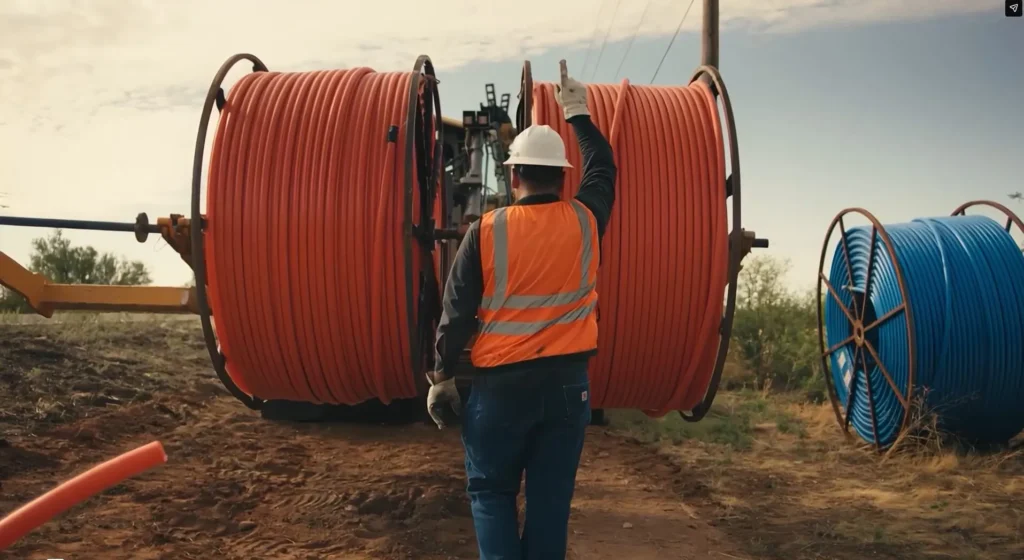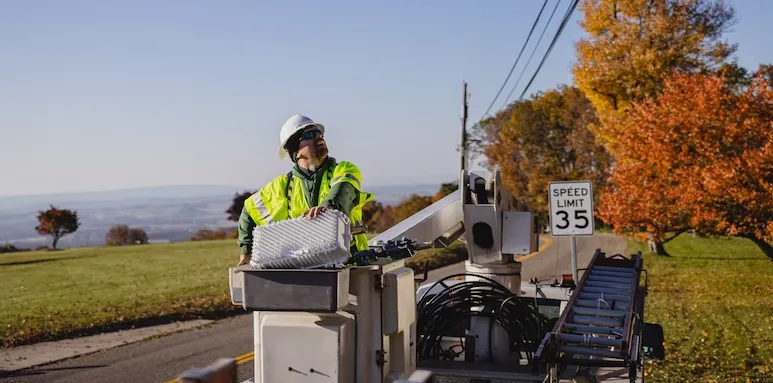While 95% of Americans have multiple choices for home broadband service, nearly 10 million people who live in rural areas have yet to be connected. But thanks to an unprecedented boost of federal funding from the 2021 bipartisan infrastructure legislation, the mission to connect every community is within reach.
Cable providers are an integral part of this effort, with the aim of creating greater opportunities for economic and educational advancement through connectivity.
Over the past year and a half, Cox Communications has expanded its fiber network to reach more than 50,000 households that were previously unserved or underserved. To help the company better understand the impact of high-speed internet on individuals and households, they recently surveyed many of these customers. To read more about Cox’s survey results, visit their website.
86% of respondents confirmed that the service has improved their lives, with research revealing three predominant themes:
- Younger people are more likely to remain in their communities when there’s a high-speed internet connection at home.
- 70% of those under 30 surveyed reported just that. Three-quarters of millennials and younger say they’re now open to remote working opportunities which makes staying in their community possible.
- Creating an environment where the younger generation can thrive is a win-win. By staying in their community, rather than moving to an urban area to find employment, young adults are more likely to find affordable housing. It also means the younger generation doesn’t have to leave the communities where they grew up, and the family members and friends that make up their support network.
- High-speed internet drives local economic prosperity.
- The majority of survey participants feel more optimistic about their economic and employment future due to the availability of high-speed internet.
- Nearly two-thirds of survey participants recognize that high-speed internet at home improves access to online jobs and remote work.
- 75% of millennials and younger feel more optimistic about their economic and employment future when high-speed internet is available in their community.
- Community leaders tell Cox they anticipate workforce and economic activities will grow significantly because citizens will have access to more educational opportunities, telehealth, and faster and easier access to apply for jobs and benefits.
- A high-speed internet connection at home helps bridge the income and education gaps.
- For families without high-speed internet access, there are significant educational challenges, especially in lower-income households.
- The majority of lower-income families surveyed (7 in 10) believe high-speed internet will improve their children’s test grades.
- Almost 90% of lower-income households say high-speed internet will improve their ability to apply to colleges or vocational schools.
With high-speed internet more widely available in previously underserved communities, the world becomes more accessible with increased access to online jobs and remote work, broader online educational resources and opportunities, improved healthcare and access to telehealth, and new business opportunities that bring greater economic impact to rural communities.
Ensuring that everyone, no matter their income or location, has access to reliable internet at home is very important. However, solving this challenge will require multiple approaches and cannot be done alone. Broadband providers need the continued support of federal and local partners to get these rural – and sometimes hard-to-reach – communities connected.
To learn more about the 2023 Cox Expansion Impact Survey, click here.









